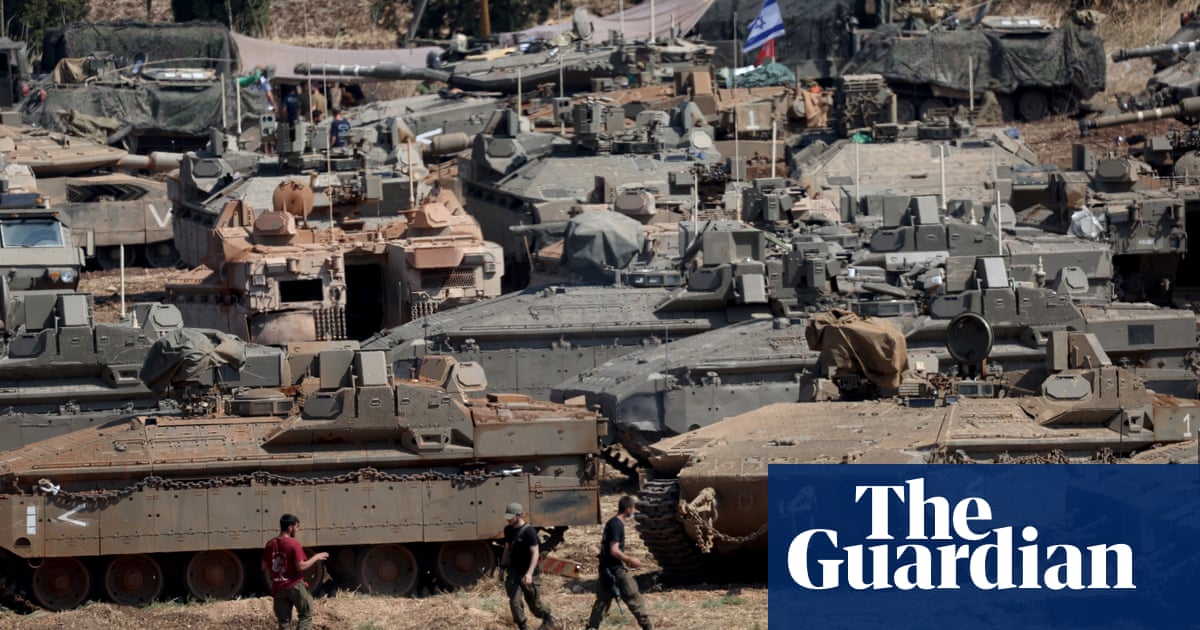As Israelis approached the beginning of the high holy days last week on the eve of Rosh Hashanah, the news began to circulate. Several IDF units fighting on the border with Lebanon had taken casualties in at least two different locations. Soldiers had died in combat, and many were wounded.
The confirmation of the wounded and dead, if not the circumstances served as a stark reminder for Israelis of the blows that come in war, even as Israelâs punishing air offensive has killed hundreds of Lebanese and wounded more. The soldiersâ deaths came after two weeks in which Israel struck a series of blows against Hezbollah, including the assassination of the groupâs leader, Sayyed Hassan Nasrallah, and most of the top leadership.
Underlining that sense of hazard was another story that revealed itself slowly last week: how the wave of Iranian missiles launched against Israel had not been as inconsequential as initially claimed by Israelâs leadership, and instead shown that a large-scale strike could not only overwhelm Israelâs anti-missile defences but thatTehran could accurately explode warheads on the targets it was aiming for, in this case several military bases.
All of which raises serious questions as Israel prepares for a âsignificantâ military response to Iran for the its missile attack.
A year into Israelâs fast metastasising multi-front war that now includes Iran, Lebanon and Gaza, Yemen, Syria and Iraq, Israelâs undoubted military and intelligence superiority is faltering on several fronts.
In Israelâs expanding war, as Israeli security analyst Michael Milshtein told the Guardian last week, there have been âtactical victoriesâ but âno strategic visionâ and certainly not one that unites the different fronts.
What is clear is that the conflict of the last year has seriously exposed Israelâs newly minted operational doctrine, which had planned for fighting short decisive wars largely against non-state actors armed with missiles, with the aim of avoiding being drawn into extended conflicts of attrition.
Instead, the opposite has happened. While Israeli officials have tried to depict Hamas as defeated as a military force â a questionable characterisation in the first place â they concede that it survives as a guerilla organisation in Gaza, although degraded.
Even as Israel has killed more than 40,000 Palestinians in Gaza, levelled large areas of the coastal strip and displaced a population assailed by hunger, death and sickness on multiple occasions, Israeli armour was assaulting areas of the strip once more this weekend in a new operation into northern Gaza to prevent Hamas regrouping.
Hezbollah too, despite sustaining heavy losses in its leadership, retains a potency fighting on its own terrain in the villages of southern Lebanon where it has had almost two decades to prepare for this conflict.
All of which raises serious questions as to whether Israel has any clearer vision for its escalating conflict with Iran.
A long-distance war with Iran, many experts are beginning to suggest, could also devolve into a more attritional conflict despite the relative imbalances in capabilities, even as Israel continues to plan for the scale of its own response to last weekâs missile attack.
Speaking to Bloomberg TV, Carmiel Arbit, a senior fellow at the Atlantic Councilâs Middle East programme, described that dynamic. âI think we are going to be looking at this as the new reality for a long time,â Arbit predicted.
âI think the question is simply going to be how often is the tit for tat going to happen, and is it just going to be tit for tat, or is this going to escalate only further. And I think the hope of the international community at this point is to avert a world war three rather than this smaller-scale war of attrition.â
Nicole Grajewski, a fellow at of the Carnegie Endowment for Peace, echoes that view in part, while cautioning that an extended series of exchanges could push Tehran to a less predictable reaction.
âThe continued asymmetrical tit-for-tat between Iran and Israel risks devolving into a futile cycle of Iranian missile strikes and Israeli retaliations, each exposing Tehranâs military limitations while failing to alter the balance â and potentially driving Iran toward more desperate and unpredictable measures in its quest for credible deterrence.â
âIn the long term â and it cannot be assumed that the Israeli-Iranian conflict will end soon,â wrote Haaretzâs main military analyst, Amos Harel, âthere will be competition between the production rate and sophistication of Iranâs offensive systems on one side and of Israelâs interception systems on the other.â
With Israel now so deeply immersed in a widening conflict, it is unclear whether it can escape what Anthony Pfaff, the director of the Strategic Studies Institute at the US Army War College, in August called the âescalatory trapâ.
âIf Israel escalates,â wrote Pfaff, âit fuels the escalatory spiral that could, at some point, exceed its military capability to manage.
âIf it chooses the status quo, where Hamas remains capable of terrorist operations, then it has done little to improve its security situation. Neither outcome achieves Israelâs security objectives ⦠Forcing the choice between escalation and the status quo gives Iran, and, by extension, Hezbollah, an advantage and is a key feature of its proxy strategy.â



